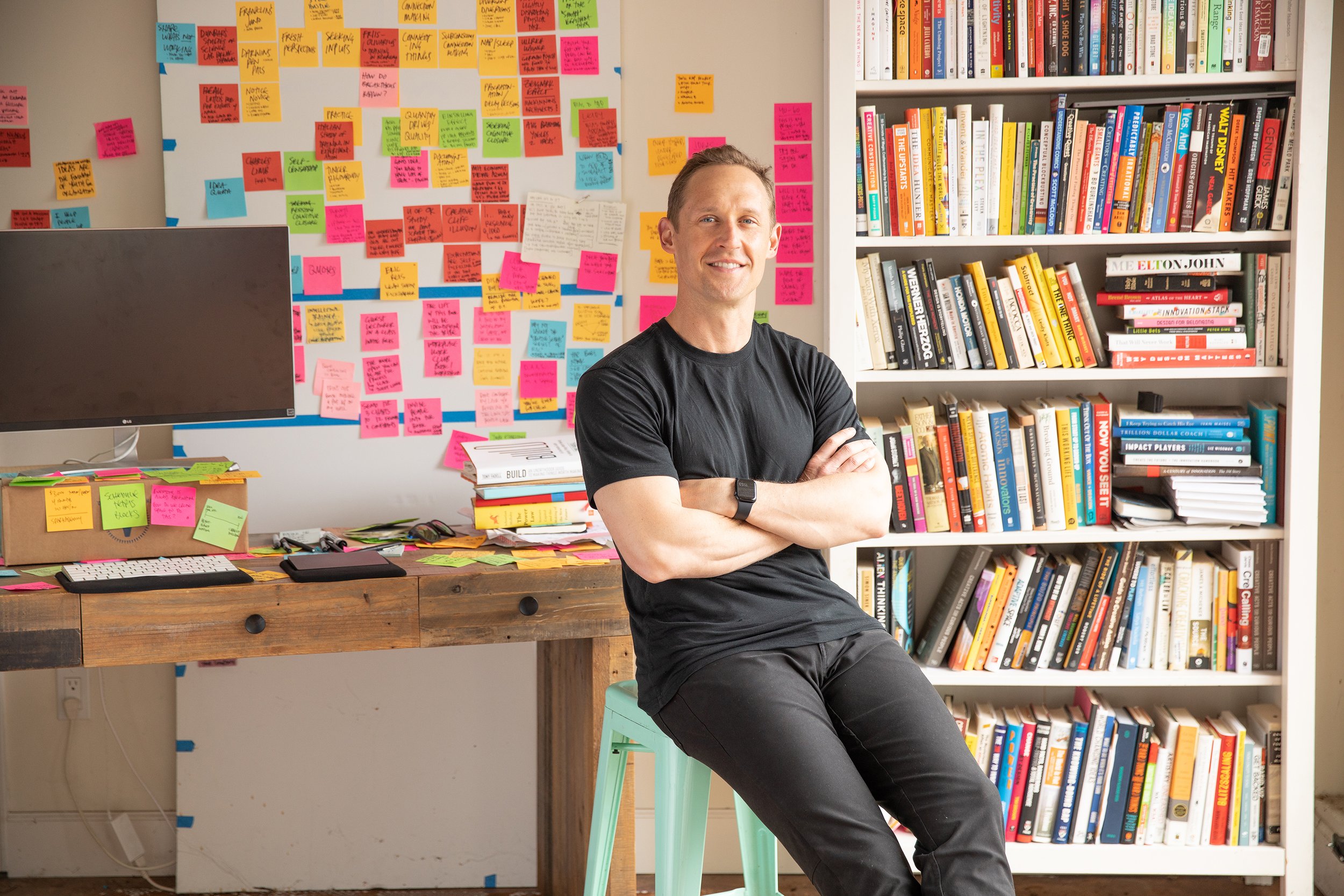
Methods of the Masters
A blog on the art & science of creative action.
Don’t Take Yourself Too Seriously
If you’re experimenting broadly and entertaining trivialities like Elon Musk, then you’re going to fail a lot. A critical corollary to the recent pieces inspired by comedy is that you can’t take yourself too seriously.
Be Obsessed
It’s hard to overstate the value of a good old fashioned obsession. Apathy is the enemy of creativity. Obsession fuels innovation. Here’s a great story of obsession at Netflix.
Experiment Broadly
Our limited definitions of relevance limit us to far fewer experiments than would be beneficial, within a much narrower range than is likely to reveal a meaningful difference-maker. Fantastic example from Ogilvy.
Create Human Data
Most organizations’s first consideration of a novel concept is its technical specifications: can we build it? The most important question is not technical, but human. A better question is, “Should we build it?…”
Put In The Work
It’s an enormous mistake to wait for lightning to strike. Seinfeld’s relentless approach to developing new material — and his mindset in so doing — gives him an incredible advantage in the creative process.
Put Yourself Out There
There are no shortcuts to breakthrough outcomes. Even legends like Jerry Seinfeld — after long success — have to endure the pain that accompanies the early experiments on the way to the next innovation.
Be Inefficient
One of the greatest challenges on the journey to creative mastery is that the “rules” of creative genius fly in the face of the normal, smart thing to do. Stories from Seinfeld and others encourage me to persist in the wrong direction.
Audit Your Collaborator Portfolio
When you perform a calendar audit, consider the collaboration layer. Ask these three questions to identify gaps in your portfolio of perspectives.
Dial In Diversity
Very few teams see diversity as a lever they can pull to drive outcomes. “Team” is more of a fixed concept than a fluid one. The biggest opportunity is actually to deliberately dial up cognitive diversity.
Leverage Spare Time
Amidst the frenzied pace of life, it’s tempting to veg out whenever there’s a down moment. “Doomscrolling” is real! Instead of whittling away the hours, creative geniuses make good use of found time.
Hack Your Creative Block
Why aren’t we more like Einstein? Here’s a powerful daily habit to short-circuit the Einstellung Effect, a cognitive bias that threatens the creativity of both experienced and novice innovators.
Make Time To Learn
A critical priority in a productive, creative life is to make time to think, reflect, and synthesize. Here are a few examples of how spectacular innovators have carved out the necessary space.
Make Exploring A Habit
The origin story of Netflix is a case study in innovation. Marc Randolph and Reed Hastings were uniquely positioned to take advantage of a market shift because they had a habit of exploring.
To Promote Innovation, Make Your User The Hero
Due to tight delivery schedules, it might seem faster to skip deep customer research and just start building something. This is wrong. Empathy fuels both insights, and the stories that enlist enthusiastic collaboration.
Treasure The Mess
“Who in their right mind would work in such conditions???” I often think to myself… And then that very, messy environment delivers an unexpected connection at the perfect time, and I remember: me.
Train Your Imagination
Imagination isn’t fixed — just look at children! Adults might think they’re destined to lose the capacity; fortunately it can be trained. Here’s one of our favorite games at Stanford to flex the imagination muscle.
Welcome Surprises
Imagination is sparked by surprises. So if we want to stimulate fresh thinking, we ought to be seeking out surprises. Customer insights leader Kelly Garrett Zeigler tells a story that highlights the importance of welcoming an unexpected direction.
Find Your Team’s Swing
Today’s post comes from Josh Ruff, consummate craftsman, coach, and innovation leader. Josh draws parallels between a creative team leveraging diverse perspectives, and a rowing team reaching the ever-elusive state of “swing.”
Critical Reminders for Innovation
It is the things that never occur to us that often cause the biggest problems. There are entire schools of thought dedicated to unearthing assumptions, rooting out bias, etc. Here are two simple bias checks worth regularly revisiting.




















